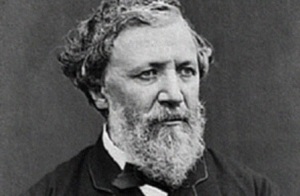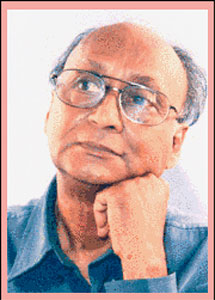My Last Duchess
Underneath the title “My Last Duchess” is the name Ferrara, and the poem’s sole speaker is the Duke of Ferrara, a character based in part on Alfonso II, Duke of Ferrara (in Italy) in the sixteenth century. Alfonso’s wife, a young girl, died in 1561, and Alfonso used an agent to negotiate a second marriage to the niece of the Count of Tyrol.
In Robert Browning’s poem, the Duke of Ferrara speaks to an agent representing the count. The duke begins by referring to “my last Duchess,” his first wife, as he draws open a curtain to display a portrait of her which is hanging on the wall. She looks “alive,” and the duke attributes this to the skill of the painter, Frà Pandolf. After saying that he alone opens the curtain, the duke promptly begins a catalog of complaints about the way his wife had acted.
The joyous blush on her cheek that can be seen in the portrait was a result, the duke says, of her reaction to Frà Pandolf’s compliments about her beauty. The duke blames his late wife for smiling back at Frà Pandolf, for being courteous to everyone she encountered, for enjoying life too much. She failed to appreciate his name, which can be traced back nine hundred years, and she failed to see him as superior to others. The duke would not condescend to correct her attitude. She should have known better, he says, and “I choose/ Never to stoop.”
The final characterization the duke gives of his former duchess reveals his obsessive possessiveness and jealousy. He acknowledges that she smiled when she saw him, but complains that she gave much the same smile to anyone else she saw. His next statement reveals that he caused her to be killed: “I gave commands;/ Then all smiles stopped together.” He does not elaborate further. There is her portrait, he says, looking as if alive. The duke tells the agent that they will next go downstairs to meet others. Then, in not quite five lines, the duke refers directly to the proposed marriage arrangement. In the same suave tones he has used throughout, he suggests that because the count is so wealthy there should be no question about his providing an “ample” dowry for his daughter to bring to the marriage. The duke adds, however, that it is “his fair daughter’s self” that he wants.
As the duke and the count’s agent start down the stairs, the duke points out a bronze statue of Neptune taming a seahorse and notes that it was made especially for him by Claus of Innsbruck. Although this appears to be a change in subject, it summarizes the duke’s clear message to the agent. In addition to the wealth she must bring, the second wife, like the seahorse, must be “tamed” to her role as his duchess. The clear implication is that if she does not meet his requirements, she may well end up like the last duchess, “alive” only in a portrait



